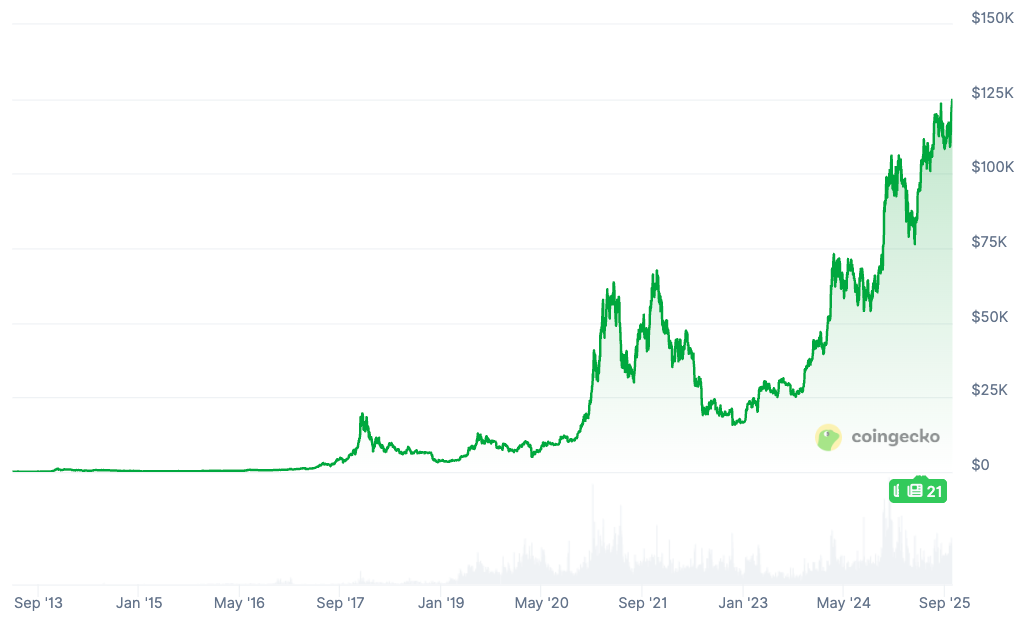
India‘s Shifting Sands: CBDCs and Crypto Skepticism
The Indian government, through its various arms, is sending a clear message: while embracing the future of digital finance with its own Central Bank Digital Currency (CBDC), it remains deeply wary of unregulated cryptocurrencies like Bitcoin. This stance, reiterated by Commerce Minister Piyush Goyal, highlights a strategic pivot towards a more controlled digital ecosystem, prioritizing the stability and oversight offered by a sovereign-backed currency.

The Digital Rupee Initiative: A Controlled Revolution
India‘s Reserve Bank of India (RBI) is poised to launch a pilot program for deposit tokenization, built upon its existing wholesale CBDC framework. This initiative, according to reports, aims to streamline transactions and enhance efficiency within the financial system. The CBDC, often referred to as the digital rupee, is designed to offer a more transparent and potentially faster alternative to traditional banking processes. The emphasis on blockchain technology underscores a commitment to secure and auditable transactions, aiming to combat illicit activities and promote financial integrity.
Cryptocurrencies Under Scrutiny: Risks and Realities
The Indian government’s skepticism towards cryptocurrencies stems from concerns about their lack of backing and inherent volatility. Minister Goyal’s comments underscore this perspective, highlighting the absence of a sovereign guarantee for the value of cryptocurrencies. He emphasized the risks involved, particularly the lack of recourse for investors should the market turn unfavorable. This cautious approach, however, does not equate to an outright ban. India currently taxes cryptocurrency transactions, indicating a pragmatic approach that recognizes the existing market while mitigating potential risks.

Tokenization and the Future of Finance
The RBI‘s deposit tokenization pilot is a significant step towards a more modern financial infrastructure. By tokenizing deposits, the RBI aims to make transactions more efficient and reduce costs. The use of the wholesale CBDC as the foundation for this pilot indicates the central bank’s commitment to integrating digital currencies into the core of the financial system. This approach contrasts sharply with the decentralized, unregulated nature of cryptocurrencies, positioning the digital rupee as a stable and government-backed alternative.
Key Takeaways and Potential Implications
- India is prioritizing a CBDC to modernize its financial infrastructure.
- The government is wary of cryptocurrencies due to their inherent volatility and lack of backing.
- Tokenization pilots aim to enhance efficiency and reduce transaction costs.
- India‘s approach to crypto is pragmatic, involving taxation rather than a complete ban.
The Indian government’s actions reflect a global trend where countries are carefully navigating the evolving landscape of digital finance. While embracing the potential benefits of digital currencies, they’re prioritizing regulatory frameworks and sovereign control. This approach sets a clear precedent for other nations grappling with the complexities of cryptocurrencies and CBDCs.


